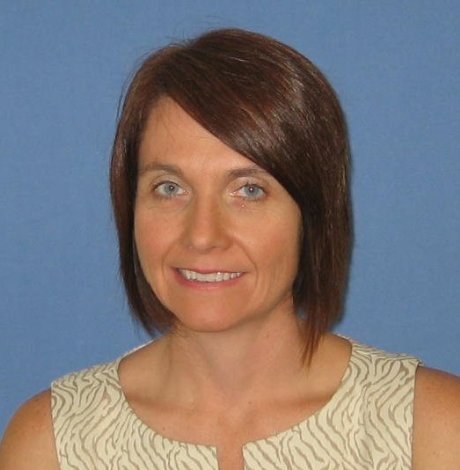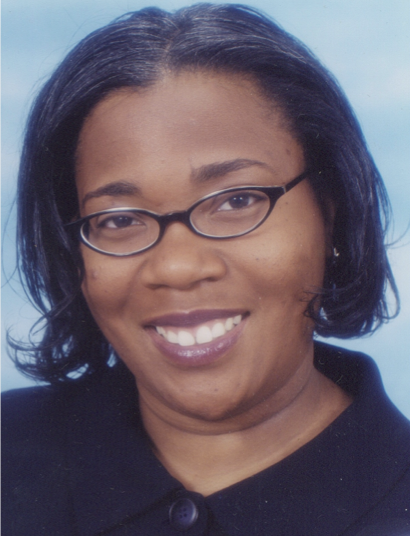Contact: Jennifer Greer, AEJMC President • 205-348-6304 or Sonya Forte Duhé, ASJMC President • 504-865-3633 | April 18, 2018
We, the Boards of Directors of AEJMC and ASJMC, stand in support of the letter sent earlier this month to Sinclair Broadcast Group about the danger of news organizations interfering with the journalistic process. By requiring news personnel to read prescribed corporate commentary without labeling it as such, Sinclair compromised the viewers’ trust. We condemn this behavior and encourage autonomy among journalists.
Please read the letter signed by deans, directors, and other leaders in our field below.
April 6, 2018
David D. Smith
Executive Chairman
Sinclair Broadcast Group, Inc.
10706 Beaver Dam Road
Hunt Valley, MD 21030
Mr. Smith:
We are writing to you as faculty and leadership of journalism schools that have produced many fine graduates who have gone on to work at Sinclair-owned stations across the United States. Our comments are informed by our awareness of these fine, responsible, ethical journalists at Sinclair stations who have spent years building reputations as professionals with high standards for accurate and ethical news reporting.
One of the tenets of American journalism and one of the foundations of American democracy is that news reporting serves as an independent voice free from government censorship and influence. Moreover, American news consumers have come to expect that news professionals cover news rather than advance the business or political interests of news organization owners.
While news organizations have historically had and used the prerogative to publish and broadcast editorials clearly identified as opinion, we believe that line was crossed at Sinclair stations when anchors were required to read scripts making claims about “the troubling trend of irresponsible, one-sided news stories plaguing our country.”
Certainly, no news organization is beyond critique. And, as the Sinclair stations noted, social media have been used all too often to spread “false news.” But these are two very different things – the work of professional journalists who produce real news and the false accounts on social media. In making the leap to disparage news media generally – without specifics – Sinclair has diminished trust in the news media overall. Ironically, Sinclair’s use of news personnel to deliver commentary – not identified as such – may further erode what has traditionally been one of the strongest allegiances in the news landscape, the trust that viewers put in their local television stations. Indeed, the fears articulated in the Sinclair script regarding an extreme danger posed to democracy by news media telling the public what to think describes our fears about the impact of the Sinclair must-carry script.
We have heard from students who now are apprehensive that what they have come to believe and appreciate about ethical and unbiased news reporting will come into conflict with demands placed on them by future employers. We would like to be able to continue to enjoy the relationship we have had with Sinclair, which provides our students with important opportunities to advance their careers while maintaining their journalistic integrity. We hope that your response to these concerns will make that continued and mutually beneficial relationship possible.
![]() Click here to view the complete letter signed by deans, directors, and other leaders in our field.
Click here to view the complete letter signed by deans, directors, and other leaders in our field.


